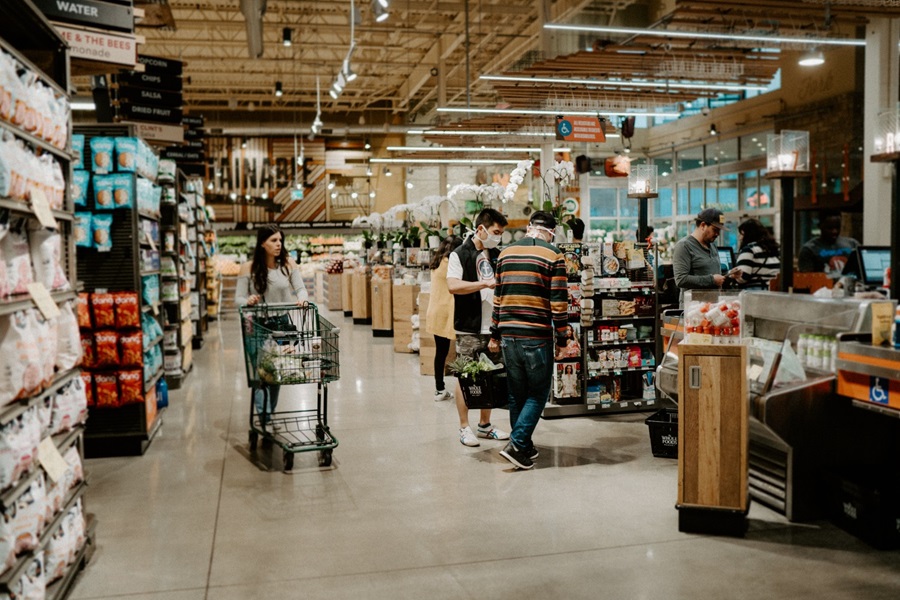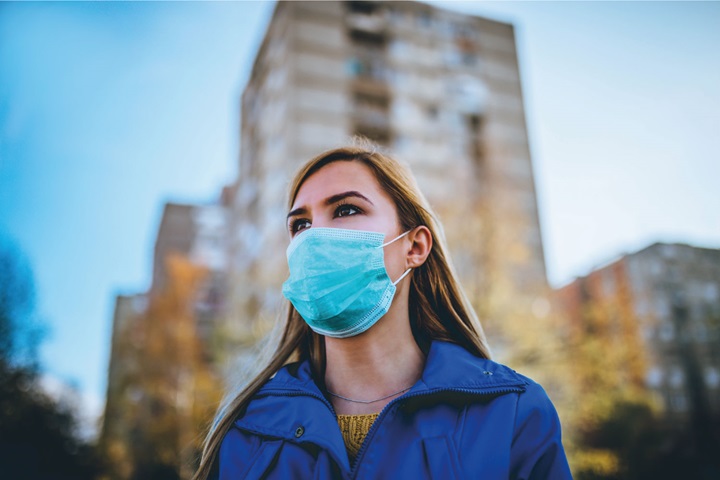Week 6 of COVID-19 in Milan, Italy. I’m experiencing this crisis as a human being, but also as a marketer, and eternal student of consumer behaviour. I ask myself: what are our clients going to do? What can we learn about how people are handling the emergency? I see two key aspects to understanding people’s reactions to COVID-19: Doing and Feeling.
By ‘doing’, I mean taking safety precautions, gathering information, preparing for the crisis situation – the practical stuff. Underneath that is ‘feeling’: concern, anxiety, separation, hope, relief - and hopefully not panic.
‘Doing’ is taking up the lion’s share of the news: shopping and retail are some of the most visible behaviour changes in the COVID-19 crisis, with images of empty shelves and queues wrapped around supermarkets. We’re reminded that “going to market” is one of human’s fundamental activities.
In crisis mode, companies and brands are immediately pushed into ‘doing’. Examples abound of initiatives that help shoppers ‘do’: a supermarket in Russia placing shopping carts with ready coronavirus survival kits at the entrance of the store so shoppers can focus on food and not worry about where to find the disinfectant or water; restaurants in New York selling their dishes as meal kits with instructions on how to prepare them; pharmacies in Italy reducing panic by letting people reserve one mask per person from the next delivery.
As J Walker Smith notes here, coronavirus is a “succession of impacts” as it travels from geography to geography. Unlike in a financial crash, many brands have a small window to get ready. As the virus spreads, we have learned from China and Italy as to how things play out in different categories. See Kantar’s report on China here: not surprisingly, health supplements, sanitising products and life insurance, to name a few examples, have seen immediate uplifts, while luxury and travel were hit hard.
It’s personal: formulating a category response
Start with the first steps of the crisis: preparing to stay home. A heavy ‘doing’ stage. What is required for ‘stay at home’, ‘shelter in place’ or ‘lockdown’? What items do consumers stock up on? Which foods are people buying and cooking now? What do people do when they can’t buy hand sanitizer anywhere? This tells us what we can do now to keep items in stock, reassure people of the supply chain, reconsider pack sizes, etc.
Retail channels are strongly impacted and will be discussed weekly by Kantar’s US team. The steep rise of ecommerce is obvious, with retailers struggling to meet demand for delivery slots and facing out of stocks. In the UK and US, still at the beginning of the impact, offline shelves are bare. But in China and Italy, where COVID-19 has been part of life for months or weeks, supply chains are stable and most products are readily available every day, from rice and pasta to milk and even toilet rolls.
Assuming business and government assure continuity of the supply chain, shoppers will stop hoarding. Once the ‘basics’ are guaranteed, the next step is settling in, and ‘feeling’ kicks in stronger. How do people cope and therefore buy? Unlike after the 2008 market collapse, we are quite literally stuck at home, and are forced to develop new routines.
For some, ecommerce is the answer, but especially in urban areas, walking to the grocery store becomes a distraction people welcome daily. Basket sizes shrink. It’s the only reason to leave the house, see what’s going on and maybe chat with a fellow citizen while in the queue. Who would have thought we would need to urge people to go to the store less often?
New behaviours, new needs
The only way to get a picture of current and future habits in each category is to understand what people are doing and feeling in the context of now. Working from home, kids out of school, few or no restaurant options, unable to see friends, worried about elderly parents, lack of exercise options, spending unusual amounts of time together in a limited amount of space. If ever there was a mother of invention!
There are implications for each category.
- Let’s start with cooking and eating. Home all day, there are more meals to be cooked. Will people try new recipes or eat frozen pizza? We predict “eat-out or take-out” will morph to “foodie-chef” on steroids. Brands and products get ready: the recipe we always wanted to try requires new ingredients. Who will invest in a slow-cooker, who will buy a new knife? If the family eats together for three meals, does setting the table attractively become more important?
- Now there’s also more laundry and cleaning to do. For those lucky enough to have it, it’s likely weekly cleaning help can’t come in anymore. Will shoppers try new household cleaning products they see on social media?
- How will people exercise? Already we are seeing yoga classes via Zoom or in streaming, fitness apps providing lengthy free trials, and even an increase in Peloton exercise machine sales.
- What clothing will people wear? Fashion interests shift from external (a new pair of shoes) to internal (nicer leisure wear), and maybe items that are visible on video calls. Fashion websites are already showing these items on the landing page.
- Expect an increased focus on nesting and making the home more comfortable (and easier to disinfect?), similar to post-9/11, but with different underlying emotions.
- Whether baking bread or playing board games, fengshui-ing the house or learning to play the ukulele -- just to cite some examples we’ve heard -- many people can and will continue to have a degree of discretionary spending.
When it’s all over: meeting your new consumer
Finally, one day it will end. If you don’t understand the ‘feeling’ behind the ‘doing’, you won’t know the why behind the what. ‘Feeling’ will tell us which behaviours will stick – and what brands can do about it. The psychological effects of lockdown are significant and will have long-term consequences. We can learn from other crises, but unlike 9/11 and 2008, this one will have a memorable end: The Day We Get Out. One day, after weeks, possibly months, people will be allowed to leave their homes.
It will taste like freedom. There will be picnics, BBQs, concerts and sports events, and a renewed joy in nature and the outdoors. We will be pleased to be back at school and work. Window shopping on the high street, sharing ice cream at the mall, and even going to the supermarket will feel fresh again. But it won’t be the same.
You don’t need a crystal ball to predict these moments, but you do need experts in human understanding to surface the deeper emotions your company must meet. Just as we will all watch the emotional state of our loved ones during this time, brands need to pay attention now to consumers’ doing and feeling: monitor and track manifest behaviours and their causes.
In this time of huge change and uncertainty, Kantar has all the tools to help brands get to know their consumers, shoppers and customers again. We enable brands to understand which consumption and buying behaviours are already over, which are temporary, and which are here to stay.


